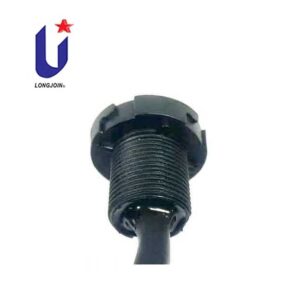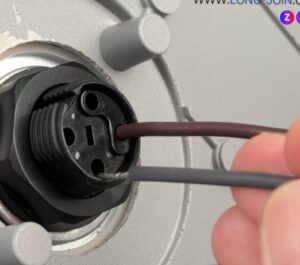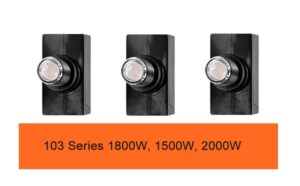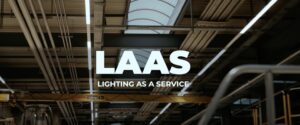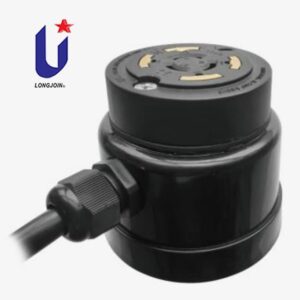Application of Long-Join Photocell Products in Street Lighting: Cost-Benefit and Performance Analysis
Introduce
Street lighting isn’t just light. It shapes safety, security, and the quality of urban life for all. Cities want energy savings and smart systems. Photocell lighting sensors now sit at the heart of modern street lights. Long-Join, a trusted name among manufacturers photocell products, offers multiple series such as 240FXA, 207C, 205C, 103A, and 202 series.
This article explores how each series performs in real-world applications. We will look at features, adaptability, and economic value, supported by performance tests and case studies. By the end, city planners, lighting engineers, and decision-makers will have a clear view of how Long-Join’s solutions provide a balance of cost and performance in photocell street light systems.
What Makes Long-Join’s Photocell Products Stand Out?
Every street environment requires reliable photocell control to ensure lights turn on and off automatically. Long-Join offers several series designed for different conditions.
Series | Key Features | Typical Application |
240FXA | IP66 waterproof, rear terminal sealing glue, double O-ring gasket | Harsh outdoor conditions, coastal or rainy regions |
207C / 205C | Multifunctional photocell switches with adjustable sensitivity | Standard city streets, mixed urban areas |
103A | Economical design, reliable photoelectric sensor performance | Budget-sensitive projects, rural or semi-urban zones |
202 series | multi-voltega, and Fail-On Mode | resident pathing, barn lighting, outdoor farm lighting |
Unlike generic products, Long-Join’s designs focus on durability and precise light sensing. They tailor features to budgets and climates. This gives municipalities practical options, not a single rigid one-size-fits-all solution.
Explore the Long-Join photocontrol product series for more details.
How Do These Photocell Products Adapt to Street Lighting Environments?
Different cities face different challenges—dusty rural highways, rainy coastal towns, or modern smart hubs with integrated IoT lighting. Long-Join photocell products adapt to each of these.
- 240FXA: Designed for durability, its IP66 waterproofing and dual-seal system protect it from heavy rain and salt spray.
- 207C/205C: Flexible photo switch sensorswith stable dusk-to-dawn operation, ideal for areas with varied lighting conditions.
- 103A: Provides affordable reliability where budgets are tight but performance cannot be compromised.
- Zhaga Series: Compact design allows integration into smart poles such as JL-700, future-proofing infrastructure.
This adaptability means cities can select products based on environmental demands instead of over-investing in unnecessary specifications.
Environment | Recommended Series | Why It Works |
Rainy/Coastal | 240FXA | Strong waterproofing & corrosion resistance |
Urban Streets | 207C / 205C | Balanced performance & energy savings |
Budget-Limited | 103A | Economical without losing reliability |
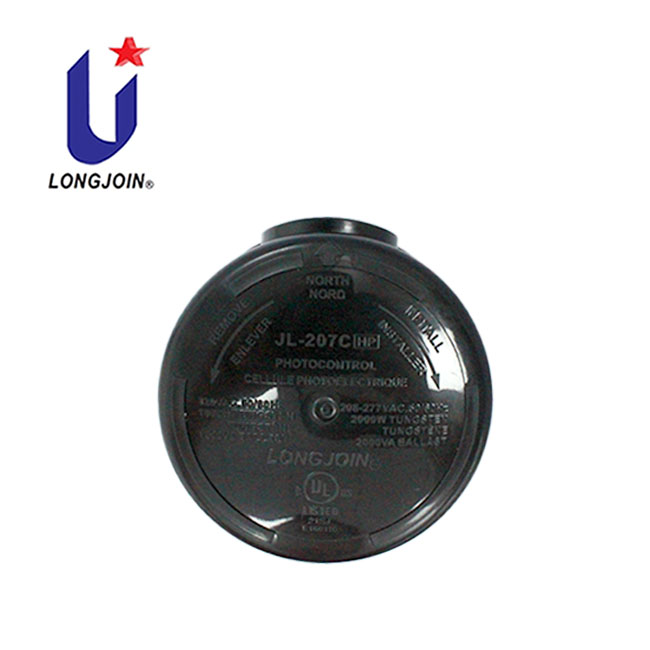
How Do Photocells Improve Energy Efficiency in Street Lighting?
Street lighting often accounts for 30–40% of municipal electricity costs. Photocell for street light systems reduce wastage by ensuring lights operate only when needed.
Long-Join photocells:
- Accurately detect ambient lightwith light photocell sensors to prevent early or late switching.
- Support dusk-to-dawn photocelloperation, maximizing natural daylight.
- Reduce manual intervention and energy loss from lights running unnecessarily.
A city using 50,000 LED street light photocell sensors can save up to 20–30% energy annually, translating into millions in electricity cost reductions.
Learn how photocontrol technology supports energy savings in outdoor lighting.
Is the Initial Investment Justified by Long-Term Cost Savings?
Some city managers worry about upfront costs when adopting advanced photocells. However, Long-Join products are built for long-term savings.
Product Series | Initial Cost | Energy Savings (10 yrs) | Maintenance Cost | ROI Potential |
240FXA | Higher | Very High | Low | Strong ROI in coastal/rainy cities |
207C / 205C | Medium | High | Low | Balanced ROI |
103A | Low | Moderate | Medium | ROI best for budget-constrained areas |
202 | Medium | High | Very Low | Excellent ROI in smart lighting projects |
Because photocell street lighting outdoor systems reduce both energy bills and labor costs for manual switching, cities often recover investments within 3–5 years.
How Do Long-Join Photocells Perform in Real Conditions?
Performance testing shows how Long-Join stands out compared to generic alternatives.
Performance Metric | 240FXA | 207C/205C | 103A | 202 |
Waterproofing | IP66, excellent | IP65, strong | IP54, basic | IP65, strong |
Light Sensor Accuracy | ±2 lux | ±3 lux | ±5 lux | ±2 lux |
Response Speed | <30s | <35s | <45s | <30s |
Lifespan (merely reference) | 10+ years | 8–10 years | 5–7 years | 9–10 years |
In practice, the 240FXA and 202 series outperform in both harsh environments and smart applications, while the 103A gives good-enough performance where cost takes priority.
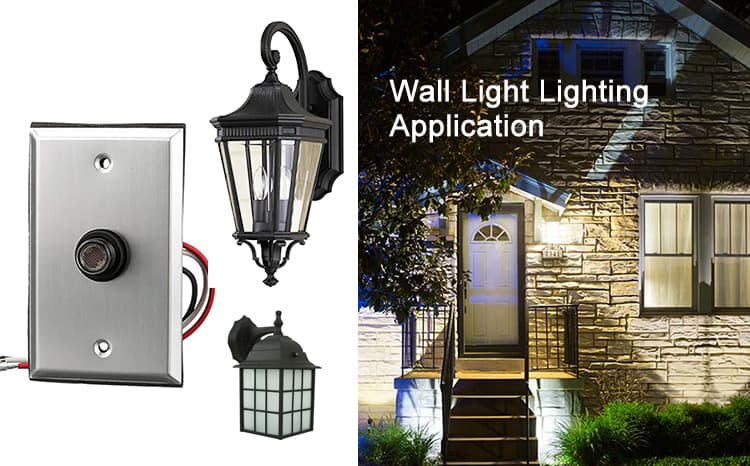
Where Have Long-Join Photocells Been Successfully Applied?
Case studies highlight how these photocells deliver measurable results:
- Domestic Example (China): The 240FXA was installed in a coastal city with heavy rain. After 2 years, failure rates dropped by 40% compared to older sensors.
- International Example (Europe): A smart city project integrated the 7X zhagacontrol with Zhaga sockets. This enabled remote monitoring and lowered annual energy consumption by 25%.
- User Feedback: Engineers highlight easy installation, high reliability, and stable dusk-to-dawn operation. Maintenance teams reported fewer replacements, reducing both costs and downtime.
Read about Long-Join case studies in photocell solutions.
How Do NEMA and Zhaga Interfaces Simplify Installation and Future Upgrades?
Municipal teams need hardware that installs quickly today and stays flexible tomorrow. That’s where standardized interfaces—NEMA sockets (often the 7‑pin receptacle) and Zhaga sockets (Book 18)—make a big difference. Long‑Join designs its photocontrol receptacle and sensor families to align with these standards, so cities can swap a photocell, add a node, or upgrade controls without rewiring poles.
Why this matters in the field:
- Faster installs: Twist‑lock or push‑fit designs reduce lift‑truck time and lane closures.
- Fewer errors: Pin/key alignment minimizes mis‑wiring and speeds QA checks.
- Upgrade‑ready: Add a CMS node, GPS, or RF/IoT control later—no new fixture needed.
- Vendor flexibility: Open, recognized footprints avoid lock‑in and sourcing delays.
Interface | Typical Use | Electrical/Pin Notes | Best Fit | Upgrade Path |
NEMA 7‑pin receptacle | North America/Global legacy and LED | 7 pins for line, neutral, dimming/controls, and comms | Roadways, highways, area lights needing robust lighting control | DALI/0‑10V dimming nodes, RF/LTE mesh controllers, photocontrol + CMS |
Zhaga Book 18 | Compact smart‑city fixtures | Low‑voltage, small footprint; top/side mount | Dense urban streets, architectural poles | Plug‑and‑play CMS sensors, environmental/traffic nodes |
Why this matters in the field:
- 240FXA: Pairs with rugged NEMAdeployments where IP66 sealing and corrosion resistance are critical.
- 207C/205C: Drop‑in photocell switchoptions for both NEMA and select Zhaga builds in mixed urban corridors.
- zhagaseries: Compact body ideal for Book 18 poles and slim luminaires used in smart‑city districts.
- 103A: Budget‑friendly fit where standardized screw-in type light fixtureenable affordable maintenance at scale.
Practical takeaway: start with standardized sockets to keep options open. You can launch with a basic light sensor photocell switch today and add remote control later—without touching the luminaire wiring.
Conclusion
Long-Join photocell solutions combine cost-efficiency, reliable performance, and adaptability across diverse urban settings. From waterproofing to smart-city integration, these products deliver consistent energy savings and reduce maintenance burdens.
As municipalities modernize infrastructure, photocell street light sensors from Long-Join prove that careful design and engineering lead to sustainable, future-ready lighting.
External Links:
●https://ev-lectron.com/blogs/blog/nema-connectors-the-guide-to-nema-plug-types?srsltid=AfmBOoppaXclkgAwBe6Sg-zqFZJqMzwvZQTAkAyUb6u6RoKszHxgMsDc
●https://www.zhagastandard.org/index.php?option=com_content&view=article&id=340:zhaga-enables-iot-upgradeable-outdoor-led-lighting-fixtures&catid=22
https://webgate.ec.europa.eu/life/publicWebsite/project/LIFE15-CCM-IT-000110/a-novel-sustainable-and-cost-efficient-distributed-street-lighting-dimming-system#:~:text=BACKGROUND,efficient%20and%20sustainable%20lighting%20solutions

